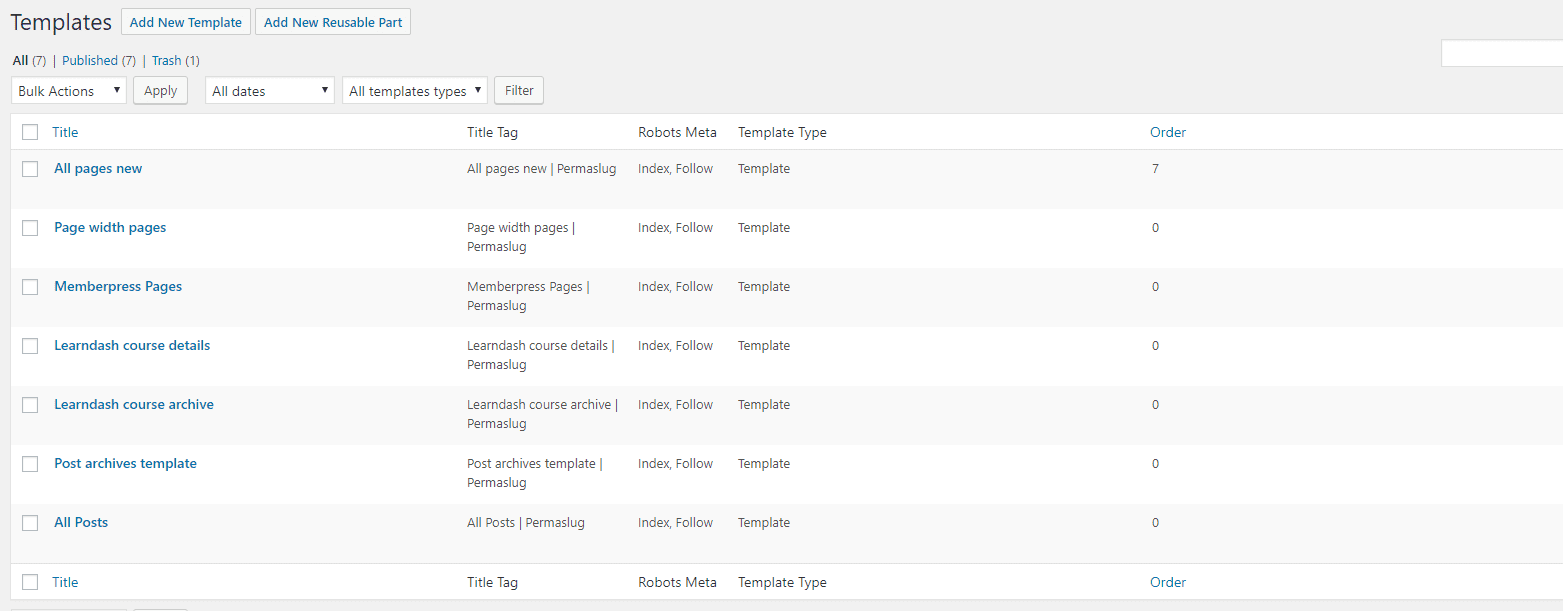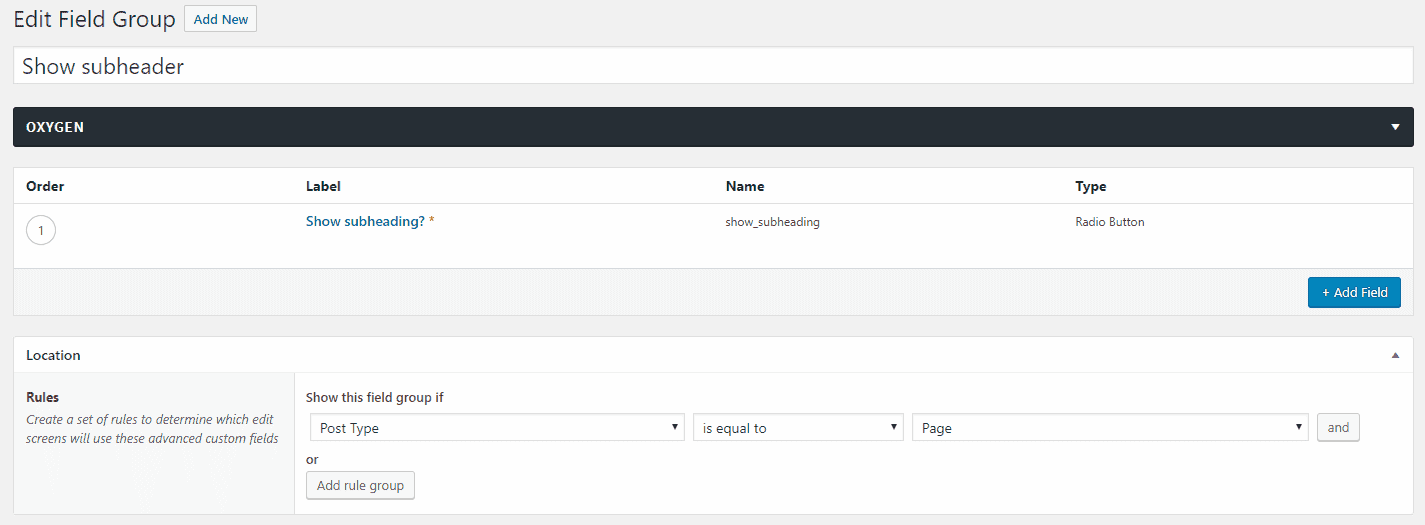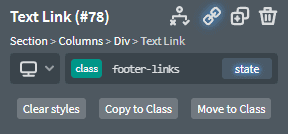Hey everyone. My name is Jonathan with Permaslug, and welcome to my Oxygen Builder review. Just to start off with, I have a YouTube channel at youtube.com/permaslug, and there you’ll find lots of WordPress-related content, mostly focused around the Oxygen Builder, because I find myself working in that pretty much every day, both for my own projects and for client sites.

Who Am I and Why Should You Care?
You might not care who I am, but just in case here’s a little background on myself.
I have owned a small website design company in Florida since the early part of 2017, so I’m coming up on two and a half years. And I started off, of course, with Wix and Weebly, did a little bit of Squarespace here and there, and then eventually I took the plunge and started learning WordPress. Now, of course, there is a super steep learning curve, and for someone like me who only took some basic HTML classes in middle school, it was very daunting to jump into WordPress, but eventually I started to get a handle on it a little bit here and there. I didn’t know how much I didn’t know, which sounds silly, but obviously WordPress is very in depth, as I’m sure you’re well aware.
So what I ended up finding is that WordPress just helped me expand my own knowledge and grow my business, but there were a lot of limitations and things that I wanted to do, especially when people started to request slightly more complex features that prebuilt themes wouldn’t have included in them. So this began the story of my hunt for something like Oxygen. I didn’t know what I was looking for exactly. I just knew that I wanted a page builder that had a lot more flexibility than what the existing ones offered. So eventually I settled down with WP Bakery and spent a lot of time in that, what was called Visual Composer at the time, and never really gravitated towards Divi or Elementor except right before I found Oxygen. I did switch over to Divi, but found that to be even more of a nightmare than WP Bakery was.
But eventually what I found was Oxygen back in the 1.0 days, before the 2.0 and 3.0 versions came out, which basically revolutionized the game for me. So when I found Oxygen, I definitely was able to do a lot more in terms of design and development, but even then, I still had a hard time back in the 1.0 days achieving exactly what I wanted.
Finding Oxygen
Once they released Oxygen 2.0, it was just absolutely transformational for me. The Flexbox layout engine is pretty much the main reason why I loved it from the start. It was just so easy to build good-looking websites from the ground up. And the beauty of it was that I had full control over everything. I didn’t have to worry about buying prebuilt themes anymore, and then that basically translated to being able to build and design the sites in whatever capacity I wanted.
So now when clients request certain edits and something as simple as moving the social icons from the top right of the header to the top left, in a prebuilt theme just wasn’t possible, and so I’d have to tell people that I wasn’t able to do that because, of course, at the time, I didn’t have the technical skills to do that. And so when Oxygen came out, I was just able to start saying yes to all these questions, and then I began to understand how the integrations with advanced custom fields and custom post types would up a world of possibility that I hadn’t even considered yet.
In terms of what Oxygen has done for me, it’s allowed me to basically double my business year over year. So 2019, I did double what I did in 2018, and I really started committing to Oxygen full-time at the very end of 2018. So I think it gave me the confidence to start building more complex websites and start charging more, which is really awesome.
Oxygen Course
If you’re interested in learning more, be sure to check out my Oxygen course here: https://jonathanjernigan.com/ultimate-oxygen-course/
Favorite Oxygen Features
In terms of my favorite features with Oxygen, number one is the templating function. So with the templates, of course, you’re able to build out different layouts for different post types. So if you want your blog posts to have a title at the top with the name of the post that you’re working with, but you don’t want that on your pages, you can certainly do that. You could just create two separate templates and you don’t have to redesign the header and the footer. You just add the customization that you want to each template, thanks to the way the templates kind of build on top of one another.

So the templates allowed me to build sites a lot more quickly, and then also when there were changes to site-wide functions, like a client wanted me to add a sidebar to all the pages, I was able to do that by just going into the template and editing it one time, adding that sidebar, and saving. It just applied it to all my pages from one spot as easily as that.
Then really the biggest underlying thing for me in terms of templating is just the time saving benefit as compared to editing individual pages and posts, as well as the flexibility that you have to control the layout of different categories of content on your site, whether that be pages or posts and even custom post types.
And then I hadn’t even scratched the surface of advanced custom fields and custom post types. Once I started to delve into what flexibility that opened up, it was just even more like peeling back the layers of an onion. So I’ve been able to build websites that are more complex, they’re faster, they look better, and really just function a whole lot better thanks to Oxygen.
Is It Easier to Develop in Oxygen?
And now I will say, it’s certainly not quicker to build a website in Oxygen, in my opinion. Of course, you get faster at development and will start to optimize your own process. But really, to me, the idea of building a website as fast as possible is just sacrificing quality and cutting corners.
What Oxygen has allowed me to do, like I alluded to early on, is just effectively charge more for websites, and I’m delivering value in return for that increased price. So it’s not like I’m just increasing prices arbitrarily to my clients.

So an example of the advanced custom fields integration would be like adding a subtitle to a page template. Let’s say I want the page title to display at the top of every page, but then I also want a subtitle below the heading. I can have a subtitle that’s in the backend and I don’t have to go add a subtitle element to every page or post.
So then let’s say I have 100 pages on my site and that subtitle, I want to change the location of. Maybe you want to put it below the body content instead of at the very top of the page. What you can do is just go edit the template and then it applies to everywhere that that subtitle exists, rather than having to go to every single individual page, like I would have had to with WP Bakery or something like that.
Migrate Your Site to Oxygen
Some of the things to be aware of when you’re migrating a site to Oxygen is that Oxygen acts as a plugin instead of a theme. So that eliminates the need to buy premium themes, like I said earlier, but what that does do is mean that you basically need to redesign the content of your site from the ground up. Now, if you have custom post types with, let’s say, a team section and there’s a bunch of team members in it, you don’t need to recreate those team members, but what you do need to do is basically redesign the template and the layout of that to facilitate that connection with Oxygen. If you’re coming from WP Bakery or another page builder like that and you don’t really have any customization on your site, you are more or less going to have to rebuild your site from the ground up, which is a hurdle to some people, but the long term benefits that you gain out of being on Oxygen are just so far superior to any other page builder that the time investment is absolutely worth it.
Content Lock In
People get concerned, too, about this idea of oxygen lock-in, meaning that when you disable the oxygen plugin, your site doesn’t work and the content is stuck inside of the oxygen shortcodes, which is certainly true, but that’s also true with WP Bakery if you just disable that or even Divi, then your content is left with these nasty shortcodes wrapped around it. Yes, granted, you could enable a theme and it kind of works, but I don’t think that that’s really an issue because of the comparison between disabling, changing from one theme like WP Bakery to another, and what that would do to your site is effectively break it as well.
More Oxygen Features
More really fantastic features of Oxygen include the classes function. So if you’re familiar with classes in CSS, what you can do is enable classes on elements in Oxygen so that you make styling changes to one element and they apply across your entire site anywhere that class exists. So let’s say you have an H1 heading element and you have a class of, let’s just say header. Anywhere that you apply that class of header to other elements across your site, it’s going to inherit the styling, and then whenever you make changes to that class anywhere again, that that class applies, those changes will reflect automatically. So again, you can basically change, let’s say, the font size or font color of that particular class and it’s going to reflect across your site wherever that class exists automatically and you only have to go edit it in one place.

Gutenberg Integration
Another component of oxygen with the Gutenberg integration is the ability for your clients to make changes to your site without them having to touch Oxygen or having any technical experience at all. So with Gutenberg, it makes it about as rudimentary as it could possibly be to make changes on your website. So for instance, you can design a Gutenberg block in oxygen and then add it to a page so that somebody could come behind you and make changes to text or swap out an image without messing up the layout of a page and without having any technical experience at all.
The other component of it is that with the templating function and the way that Oxygen interacts with that, if somebody adds a new post, let’s say they add a new team member to the WordPress backend, as soon as they publish that particular team member or that custom post, then it’s going to be live on the front end and they don’t have to make any changes to, let’s say, a WordPress page or go into the Oxygen editor at all to make that new post public.
In Summary
So those sorts of things have also been a huge selling point for me when I’m promoting my website services to new clients, telling them that they’ll have complete control, just as much as I do to some degree, and that way they can get in their sites and they can maintain full control and full ownership, and people really love that because they’ve often been burned by other web developers in the past. So really, the top three features for me in Oxygen is the total control that you have thanks to templating, the time-saving things such as classes and global colors, and then the ability for clients to edit their own websites.
For more information on Oxygen, you can visit this link to see my Ultimate Oxygen Course. This shows you everything you would need to know about Oxygen from the ground up, including how to install it, all about the different features and elements, and in that, we also build a full website from the ground up.
You can also check out my YouTube channel at youtube.com/permaslug for lots of free WordPress-related content, including videos on Oxygen.
I hope this has been helpful for you and has given you an understanding of how Oxygen might be able to complement your WordPress development as compared to other page builders you’re probably familiar with.
If you have more questions, please visit our Permaslug Facebook group, where you can ask questions and learn from lots of other Oxygen users. The Facebook group is called Permaslug WordPress Professionals, and you can find the link on this website here or just search Facebook for Permaslug WordPress Professionals and you can request to join.
Thank you again for reading this review and I will look forward to seeing you in a future article or tutorial video.

